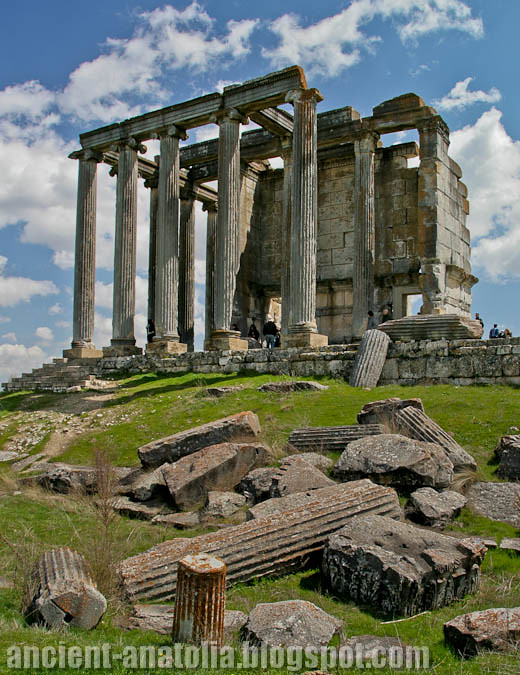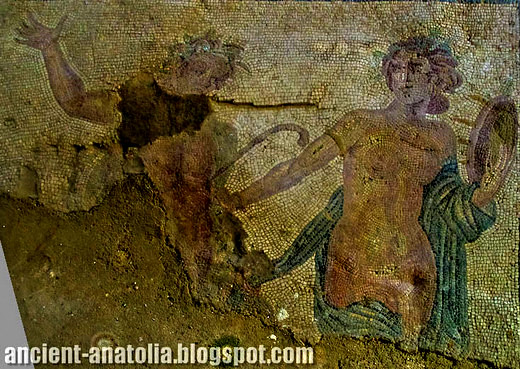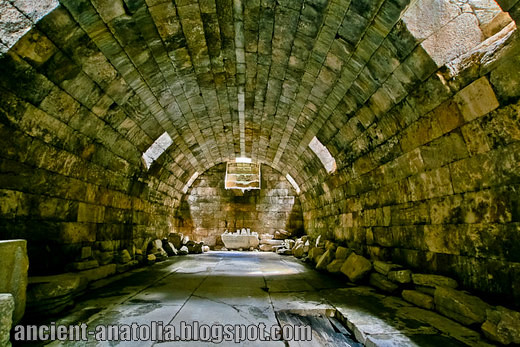
Aizanoi, Çavdarhisar: urban and cultural development of prehistoric and early Roman city in western Central Anatolia.

Aizanoi was an ancient Greek-Roman city in west central Anatolia, situated about 50 km southwest of the present province of Kutahya in the territory of the Turkish country town Çavdarhisar with charming farms. A settlement mound to the Early Bronze Age to Hellenistic settlement remains and very well-preserved Temple of Zeus from the time of Emperor Domitian (81-96 AD). The Roman town lies on both banks of the ancient river Penkalas. To the visible, well-preserved or restored buildings include two baths, theater, stadium, ancient bridges, squares and cemeteries. To the east of the settlement above the river, the sacred cave of Mother Goddess, Meter Steunene.

Aizanoi experienced in the early imperial period a big boost. Many public buildings built, in the middle of the 1st Century AD, a temple of Artemis Hagiotate, and before the end of the sanctuary of Zeus, the chief god of the city, in the form of a pseudodipteros. It is preserved to a large extent. On the walls of the cella there are remains of extensive inscriptions from the reign of Hadrian, referring to the land of the sanctuary. Noteworthy is an underlying barrel vault with light windows, which probably served as a sanctuary. This is not a common architectural aspect of Roman structures in Anatolia. The question here is the presence of acroterion shaped female bust in front of the temple, which reminds that the temple might be dedicated to someone else, in time, other than Zeus. Another important deity was the Mother Goddess, who was worshiped in a cave...

In the 2nd Century AD, was also built in several stages, a theater that was linked in an unusual way with the adjacent stadium. In addition, the bank of Penkala attached and in 157 built a bridge still standing today. Some of these construction projects are related to a wealthy family of the city, especially Ulpius Appuleianus Flavian and his son Ulpius Appuleius Eurycles. Eurycles was also ambassador to Panhellenion in Athens, Hadrian had set up.
In this period also resulted in a large bath and gymnasium facilities and a well water line leading to it. Other public buildings were a round building that served as Macellum (Market building) and on which a copy of the maximum price edict of Diocletian was appropriate, and a late antique (c. 400 AD) column road.